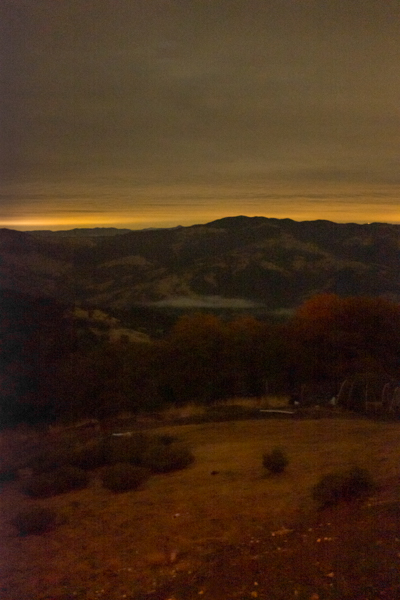

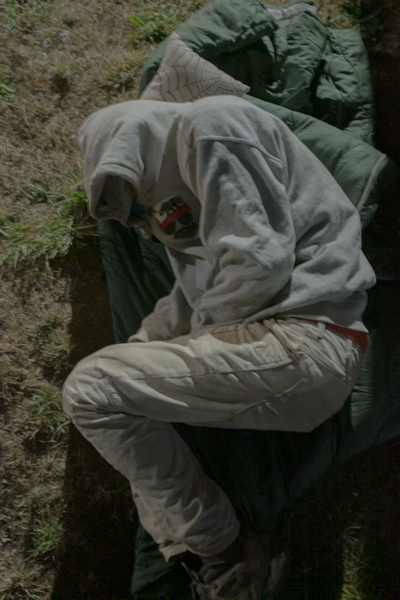
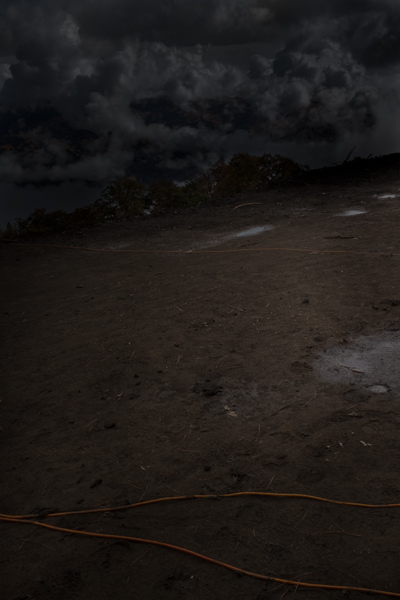
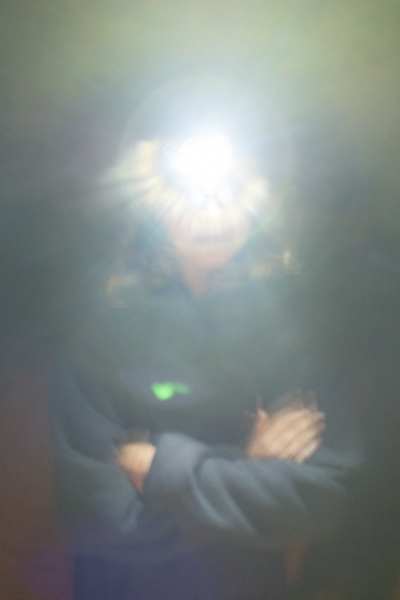
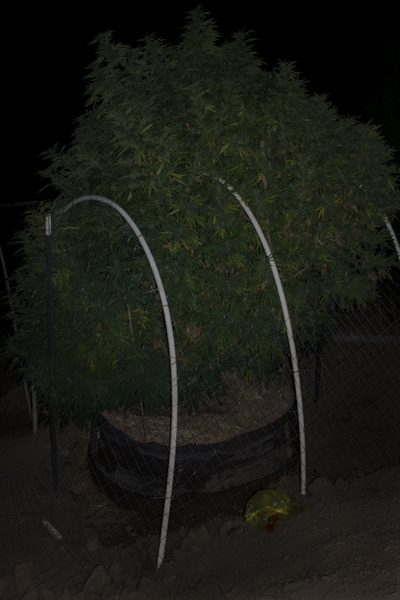

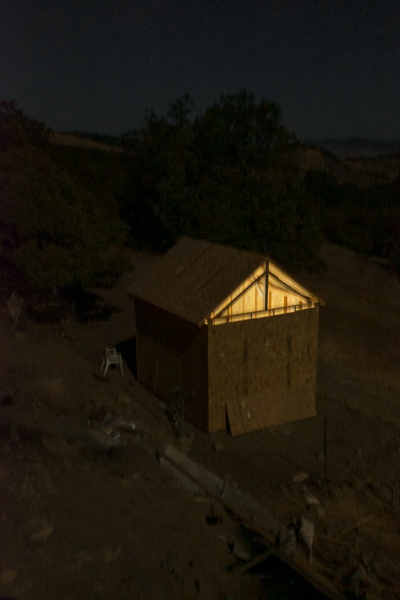
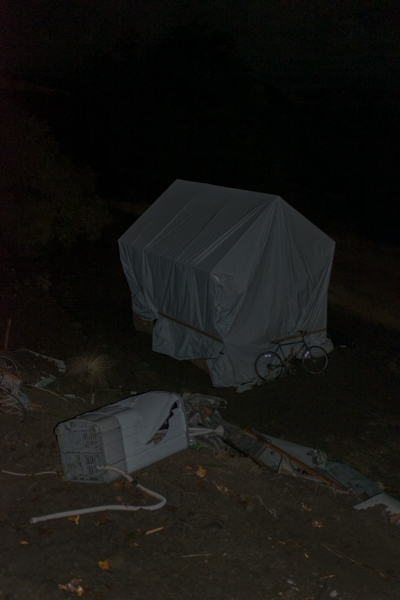
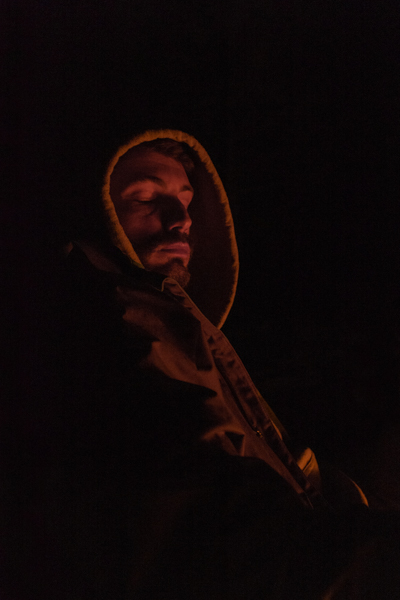
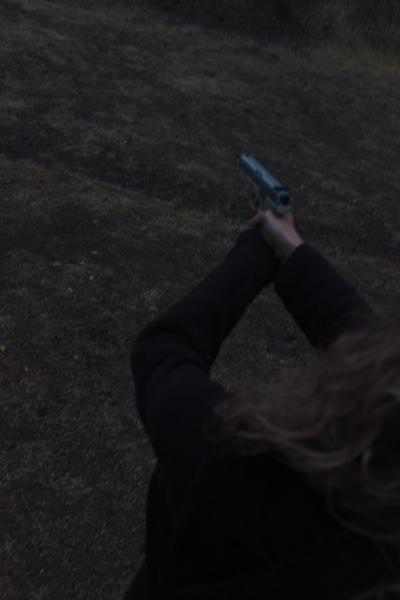











For three autumns, from 2015 to 2017, I documented the cannabis industry in California. It was the last years before the legalization for recreational use and the regulation of a culture initiated in the late sixties by the hippies. As part of an ideology of libertarian community and the Back-to-the-land movement, the mountains offered them the means to escape consumerist logics, Vietnam, as well as the possibility of becoming self-sufficient and developing new ways to make society.In 1996, the legal uncertainty brought about by the legalization of the production of medical cannabis marked the beginning of the “Green Rush”. Many Americans moved to California to start production, which was mostly distributed illegally across the country. Little by little, by word of mouth, many young people migrate every year to serve as a workforce. Called “trimmigrants”, it is estimated that there were more than 150,000 in 2015, half coming from abroad, mainly from Europe and Canada.
Through a posture of self-documentation, I recorded the daily life of seasonal workers on a remote plantation, outside of their working hours. They came from France, fed by the stories of the conquest of the West, the beatnik imagination, and the idea of making a fortune to finance another year of travel. They do not aspire to fight against the system but to take advantage of its interstices, creating spaces of freedom in the folds of liberalism.
Two years later, in order to augment the photographs of their experiences in the United States, I produced a series of audiovisual interviews, here presented in the form of text inviting an encounter with the lifestyle of North-North seasonal workers. , within contemporary pastoral America.